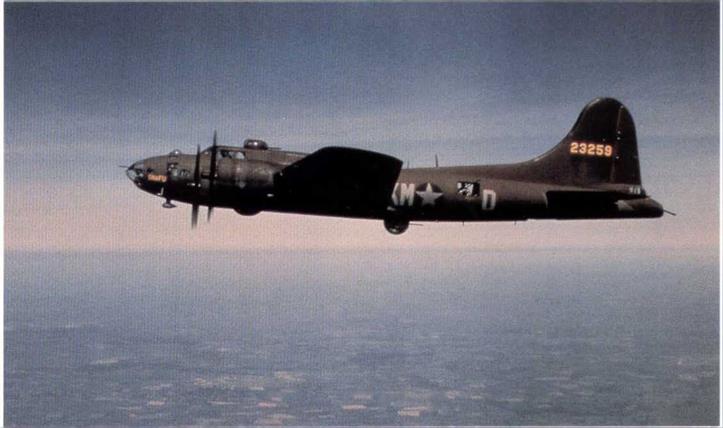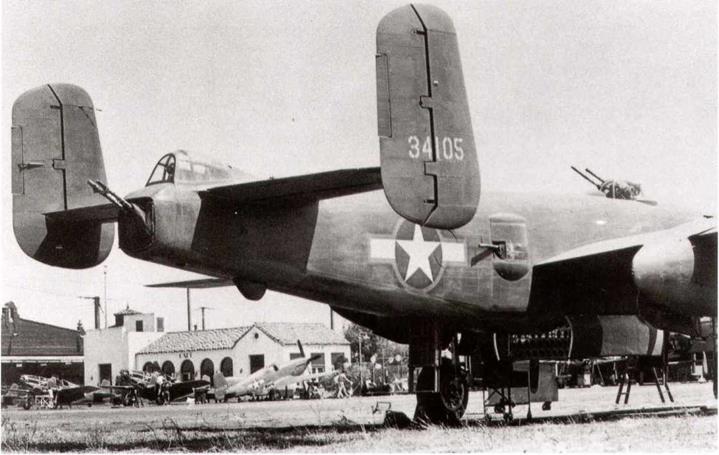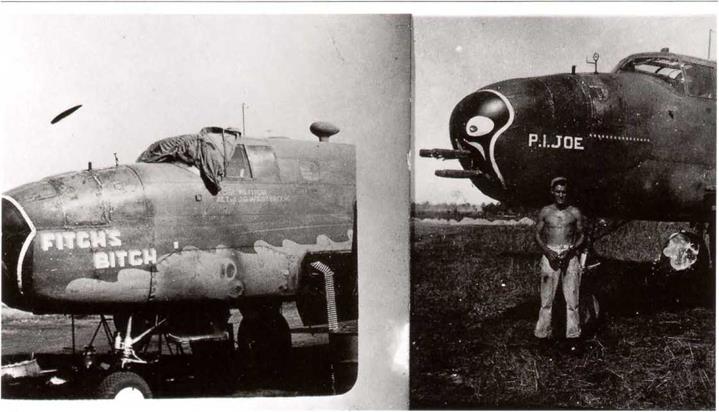. National Insignia outline border color changed to Insignia Blue in AN-I-9b, issued on August 14,1943
Despite all of the research that had gone into the design of the new red-bordered national insignia, it was soon found necessary to make a further change, making the new outline border Insignia Blue, rather than Insignia Red.
This change resulted primarily from combat units in the Pacific theater still confusing the red in the insignia with the Japanese insignia. Thus, although various new orders directed the change to be made as soon as possible, in actual fact the change was made much more expeditiously in the Pacific theater than in the European theater. In Europe, aircraft could still be seen with the red-bordered insignia at the end of 1943
AN-I-9b included other lesser changes, which also had many long-term effects. These included deleting the word “star” from the name of the national insignia. For night fighters, size of the wing insignia circle was to be 25 inches in diameter, and the fuselage circle was to have a minimum diameter of 20 inches (as before) and a maximum diameter of 25 inches. On all aircraft, the fuselage insignia could extend over doors and emergency exits, but could not extend over windows or such openings used during combat which would change the insignia pattern,
Air Transport Command aircraft observed with yellow bands marked so that they obscured the national insignia, August 28, 1943.
It was noticed that C-47 aircraft of the Air Transport Command were carrying the required yellow bands around the fuselage in such a manner that they were obliterating or overlapping the fuselage national insignia. These aircraft also had their rudders painted yellow. An order correcting this was issued on September 28,1943, by the Domestic Transportation Division, Air Transport Command. It instructed all contract air carriers to apply these yellow markings in such a way that they did not obliterate or overlap the national insignia.
|
|

North American B-25H-1-NA, 43-4105, was the first B-25H. It is seen at El Segundo in mid-1943 with the red outline insignia. Note the P-51B – 1-NA, 43-12339, behind. (March AFB Museum)
,,. :
Boeing B-17F-40-DL, 42-3259, aircraft XM-D, “Snafu” of the 332nd BS, 94th BG, from Bury St. Edmunds, England, in early June 1943. It is marked with the grayed-out insignia, which never had the yellow ring added, because the unit had just arrived in England. Hence, the very new Dark Olive Drab and Neutral Gray finish. (USAF via Gerry R. Markgraf)
|
Two North American В-25-Gs in the Pacific area with the hat marking of the 345th BG, Fifth Air Force, at Port Moresby, New Guinea, in the Расі Be area. |
T. 0.07-1-8 “General-Use of Semipigmcnted Dope”, issued on September 9,1943, to cover using existing stocks of semipigmented dope.
A new Technical Order, T. O. 07-1-8, was issued on September 9,1943, intended primarily to exhaust the existing stock of semipigmented dope. After the stock had been used up, the dope procedures for fabric surfaces were to be followed, as outlined in T. O. Nos. 01-1-3 and 07-1-1C. Either of the following two methods could be used to apply the first four tautening coats of dope on fabric surfaces:
a. Two coats of cellulose nitrate clear dope, to be followed by two coats of cellulose nitrate semipigmented dope.
b. Four coats of a mixture of one part cellulose nitrate clear dope and one part cellulose nitrate semipigmented dope. Note: Under no circumstances was the semipigmented dope to be mixed with clear dope; that was intended to be only
used for aluminized dope.












